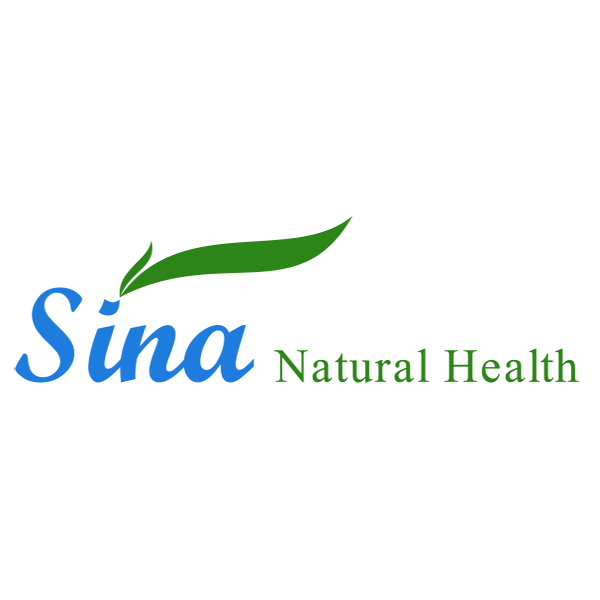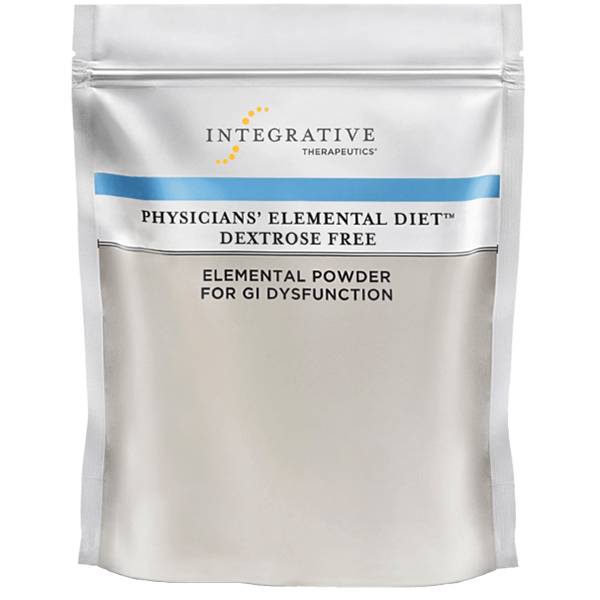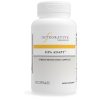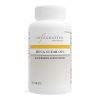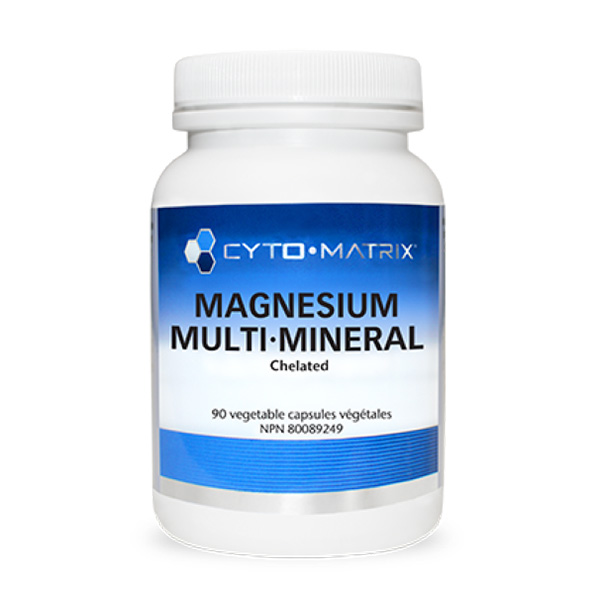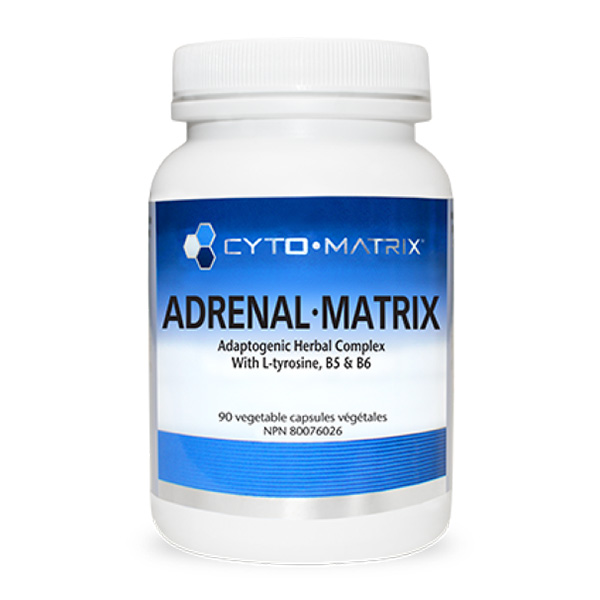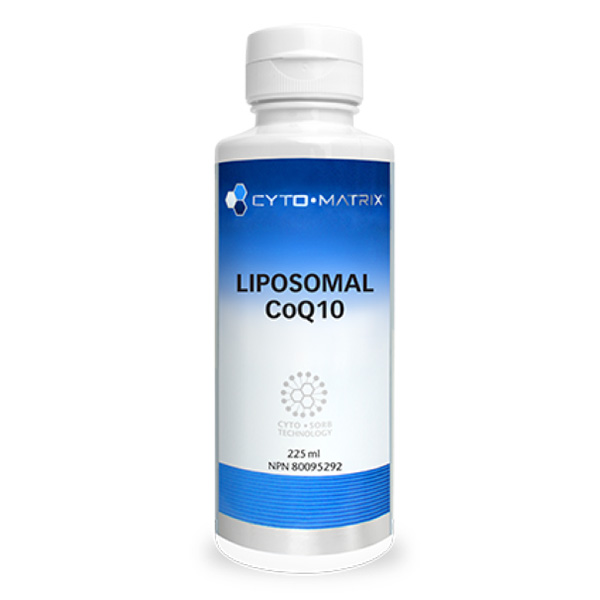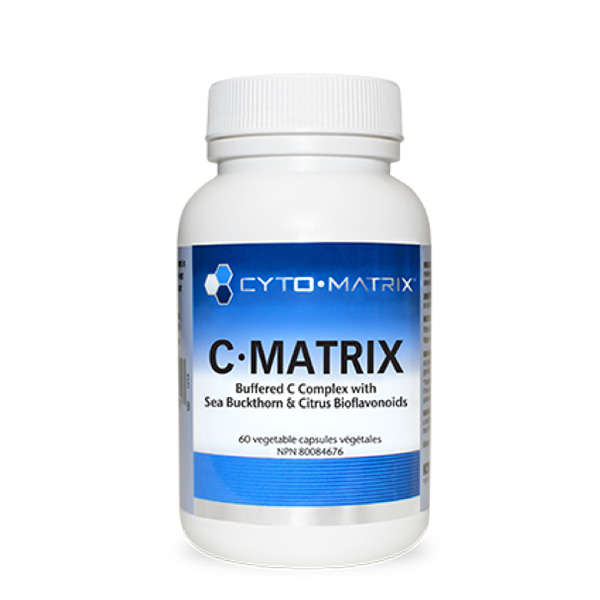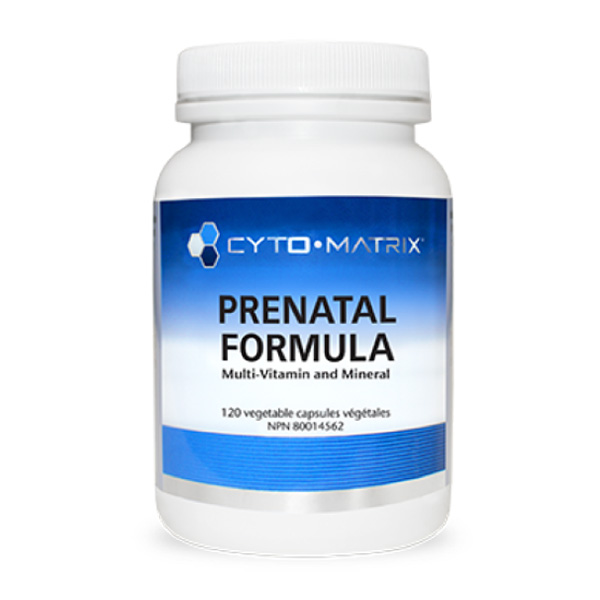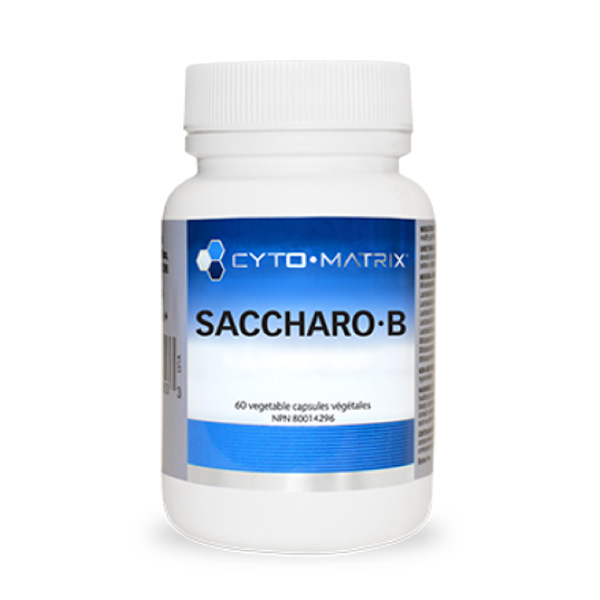Integrative Therapeutics – Physicians’ Elemental Diet Dextrose Free
$130.00
Dairy Free | Gluten Free
Size:44.44 oz (1260 g)
Physicians’ Elemental Diet Dextrose-Free™
WHAT IT DOES
A MEDICAL FOOD FOR THE DIETARY MANAGEMENT OF MODERATE TO SEVERE IMPAIRED GI FUNCTION
Physicians’ Elemental Diet is a medical food designed for the dietary management of moderate to severe impaired gastrointestinal (GI) function, including irritable bowel syndrome (IBS), inflammatory bowel disease (IBD), and small intestinal bacterial overgrowth (SIBO). Physicians’ Elemental Diet is designed to maintain nutritional sustenance as the sole source of nutrition for patients under medical supervision.
HOW IT WORKS
CLINICAL EVIDENCE OF ELEMENTAL DIETS
Published clinical studies have shown that elemental diets are effective for the nutritional management of patients with moderate to severe impaired GI function.1,2 In a clinical study of 93 patients with IBS and abnormal lactulose breath test scores, 80% of those who received an elemental diet had normalized test results with an associated improvement in clinical symptoms after 14 days.3 By 21 days, 85% of those patients saw improvement. Elemental diets can also be effective for managing IBD. In a controlled clinical study, 28 patients with active Crohn’s disease received an elemental diet for 4 weeks with no other food or medication. Clinical remission was achieved in 71% of patients.4
REDUCES THE WORK OF DIGESTION, ALLOWING THE GUT TO REST AND RECUPERATE
Physicians’ Elemental Diet contains a balanced blend of macronutrients fortified with essential micronutrients and electrolytes to assure comprehensive support as the sole source of nutritional intake for limited periods. All the ingredients are in their simplest form for easy digestion and the product was designed with a well-tolerated flavor to encourage patient commitment to the diet. This hypoallergenic formula contains no intact proteins, polypeptides, corn, gluten, soy, or dairy.
REFERENCES
- Ueno F et al. J Gastroenterol. 2013;48:31-72.
- Fisher RL. J Nutr. 1999;129:252S-5S.
- Pimentel M et al. Dig Dis Sci. 2004;49:73-7.
- Yamamoto T et al. Inflamm Bowel Dis. 2005;11:580-8.
For more information visit: the main website
| Weight | 0.1 kg |
|---|
